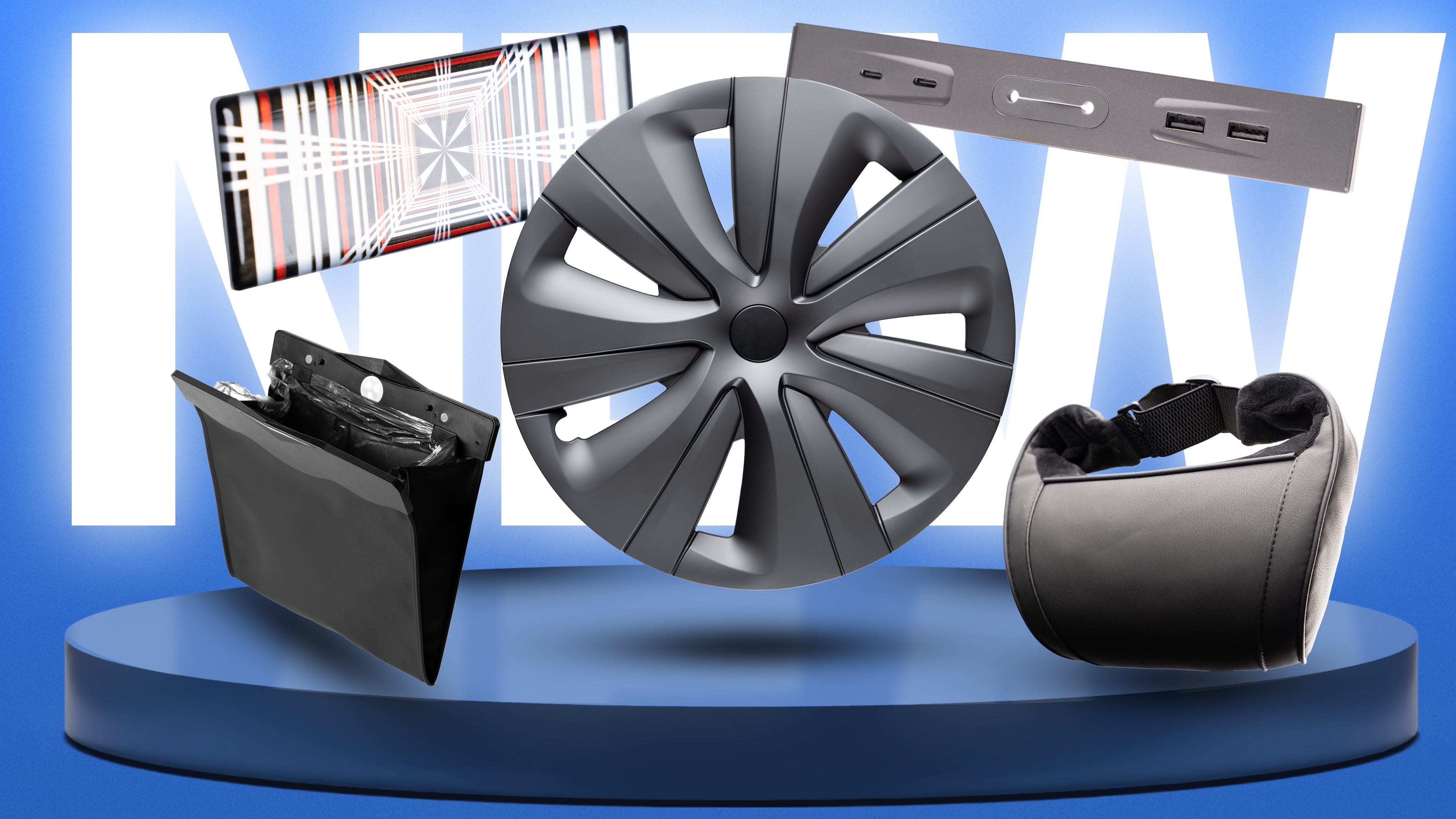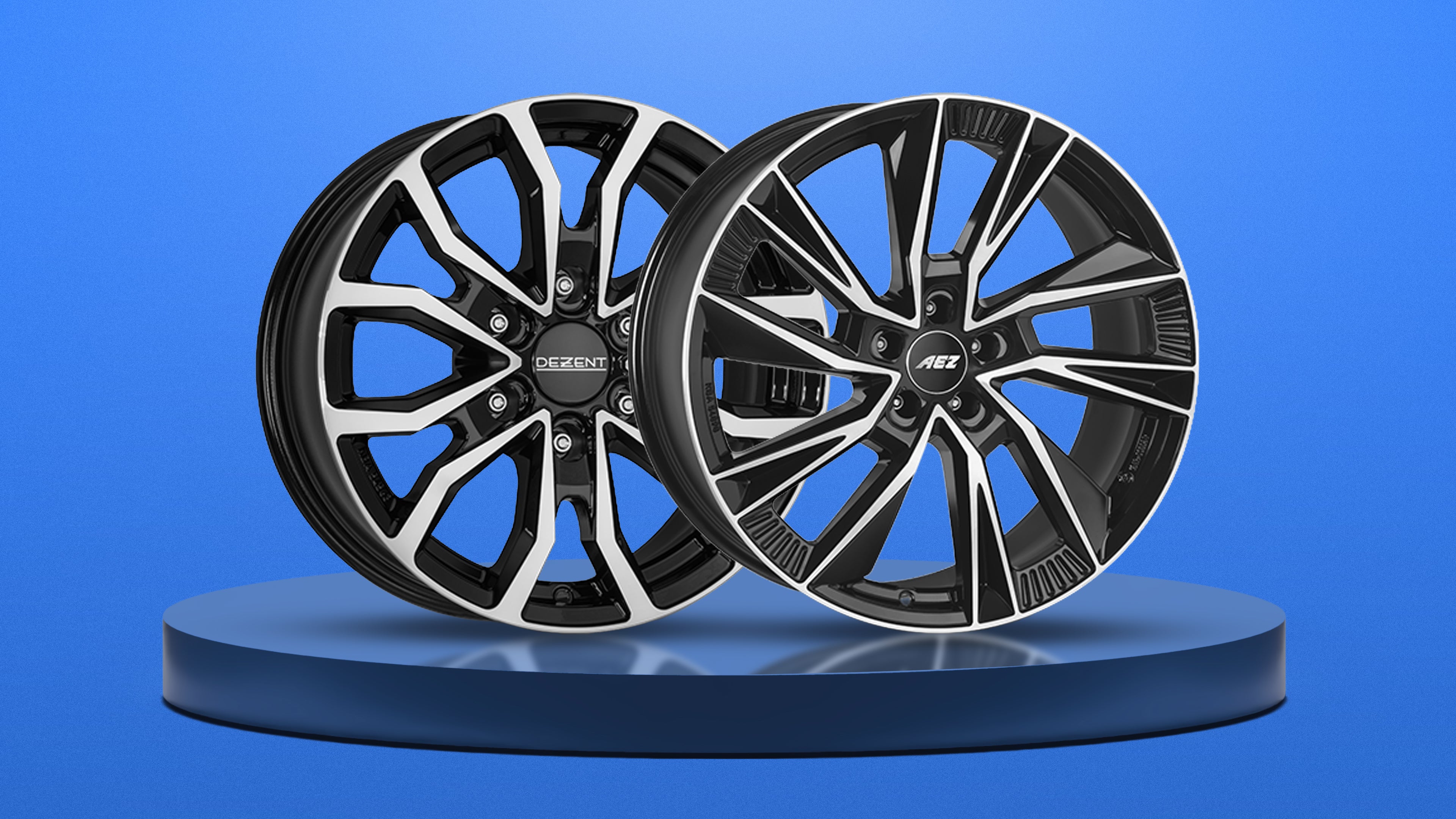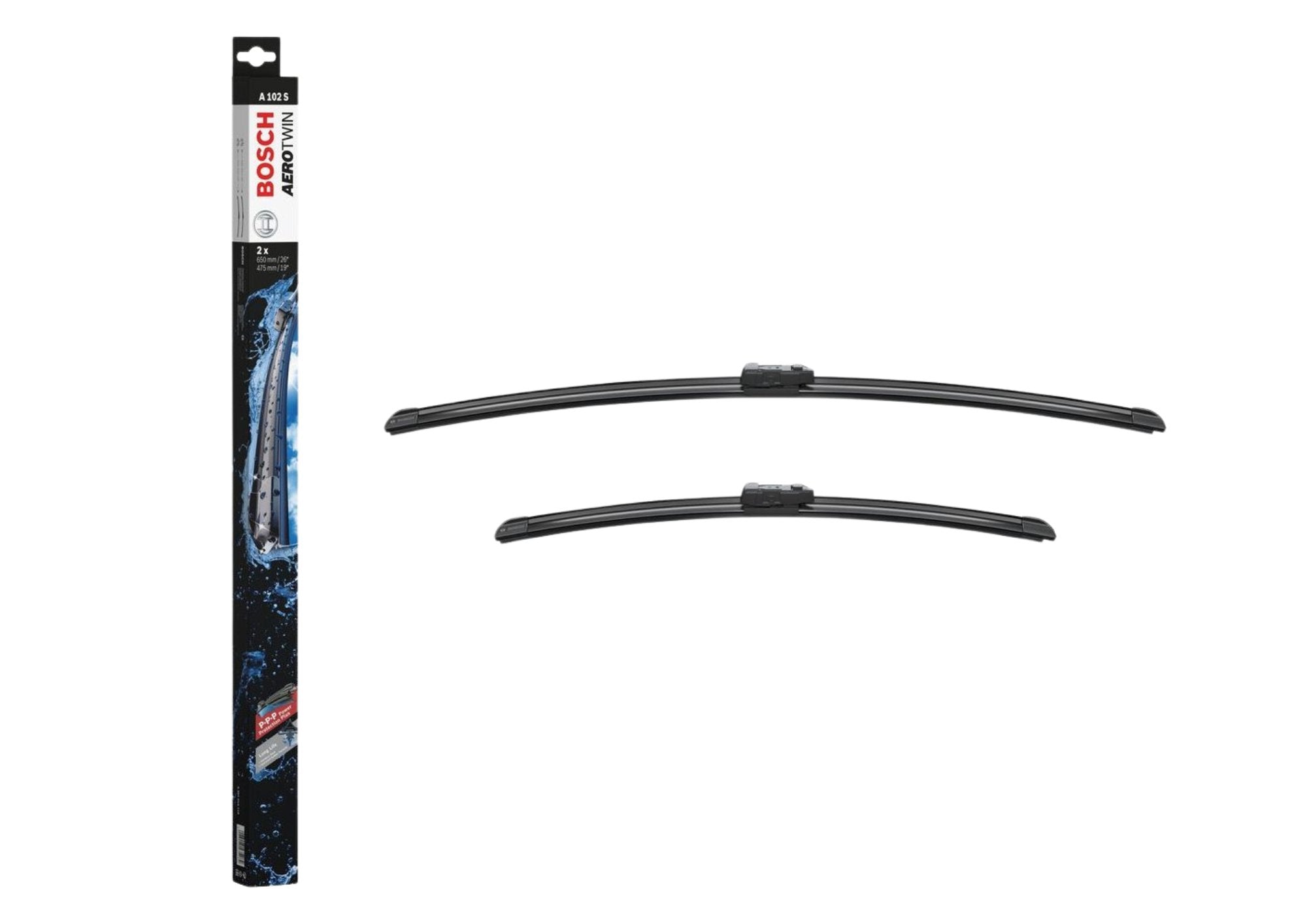Tesla is known for its very good and almost nationwide charging infrastructure. This is one of the arguments for many new electric car owners to have chosen a Tesla. Tesla had already announced at the end of 2021 that it would further expand and triple the so-called Tesla Supercharger network within the next two years. Tesla is not only expanding existing locations, but is also finding new locations to close further gaps.
Just last week, Tesla announced the Map of Superchargers to be found in Europe. For Germany, 84 new Supercharger stations are currently planned and some are already in preparation. The famous Gigafactory Grünheide, near Berlin, is also getting its own Tesla Supercharger.
According to official data from the end of last year, Germany has the largest Supercharger charging network in Europe, with around 1900 fast-charging stations at 144 locations. Behind it come France (1500+) and Norway (1400+). Worldwide, there are now over 40,000 after the installation of the first Tesla fast charging station in the USA about ten years ago.
At the current latest Supercharger V3 Gen. an electric car charges with max 250 kW. Under ideal conditions, 80-100 kilometers of range can be recharged in 5 min. Tesla Superchargers have easy-to-handle cables. Fast charging stations of other manufacturers often have the disadvantage that the cables connecting the station and the plug are hardly manageable and stiff. Tesla charges via the stored payment method. Some Superchargers are already open for other manufacturers. Third-party brands currently already have access to more than 250 locations and 3600 fast-charging spots in 13 countries. With this project, Tesla is currently operating what is effectively Europe's largest public fast-charging network from 150 kW charging capacity. Even for non-Tesla vehicles, all that is required is the Tesla app and a payment method.





































